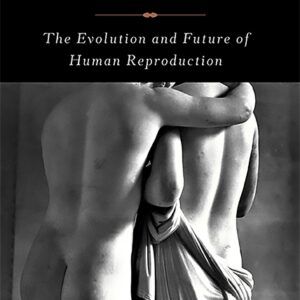Not so long ago, all a student studying human evolution needed was a familiarity with the relatively sparse fossil record and what limited information there was about the context of the sites, a basic knowledge of gross anatomy and archeology, and an understanding of simple analytical methods.<br style=”color: #262626; font-family: arial, sans-serif; font-size: 13px; line-height: 16px;” /><br style=”color: #262626; font-family: arial, sans-serif; font-size: 13px; line-height: 16px;” />Times have changed. The fossil record has grown exponentially, imaging techniques have advanced dramatically, quantitative methods have burgeoned, and molecular biology has revolutionized our understanding of genetics, evolutionary history, and development. Added to this are advances in the archeological, biological, and earth sciences that help interpret the context of the fossil evidence and reconstruct behavior. But presently there is nowhere students of human evolution cna easily find out about topics as disparate as ameloblast, Coopers Cave, daily secretion rate, the effect hypothesis, homeobox genes, insolation, phylogenetically independent contrasts, quantitative trait locus, semicircular canals, and tephrostratigraphy.<br /><br />The <i>Wiley Blackwell Student Dictionary of Human Evolution</i> contains upwards of 2500 entries, all drafted with an eye on the student user. It is an indispensable source for those studying human evolution.
Wiley-Blackwell Student Dictionary of Human Evolution
₹11,014.00
This book is currently not in stock. You are pre-ordering this book.




